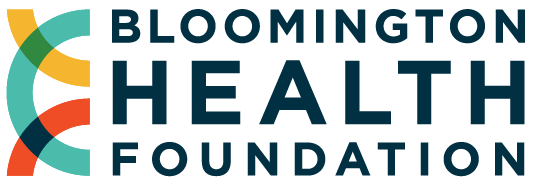World Health Day
On April 7th every year, we take a short pause in our busy lives to think of our health. This is thanks to the celebration of World Health Day.
World Health Day was originally created to celebrate the inception of the World Health Organization (WHO) on April 7, 1948, as 61 countries came together for its establishment.
Although we still use this day to celebrate the WHO’s establishment, World Health Day is also used to bring global attention to the importance of our health and wellness as a people. Since 1950, each World Health Day uses a different theme selected by the current WHO Director-General, based on the suggestions of the member governments, and staff.
This year, the focus is on keeping humans and our planet healthy. According to WHO, there are more than 13 million deaths around the world each year that are due to avoidable environmental causes. This includes the climate crisis which is the single biggest health threat facing humanity. The climate crisis is also a health crisis.
Learn more about ways to get involved and celebrate World Health Day all year long here.
One-Way Masking and Moving Forward in the Pandemic
As we’ve entered the third year of the COVID-19 pandemic, researchers continue to study the spread of the virus, the rise of variants, and other key elements to determining effective public health measures. As you may know, many states, local communities, and businesses are rolling back on their health and safety guidelines, especially with the decline in the recent omicron surge. As the mandates drop and the guidelines diminish, what does this mean for masking and how should we move forward?
IU Chief Health Officer Dr. Aaron Carroll answered common questions like this one and more when he was interviewed by Indiana University News. See what his answers were to them now:
What is one-way masking? One-way masking focuses more on an individual wearing a mask to protect themselves even if others around them do not. Some people will choose not to wear a mask, while others prefer to continue masking, perhaps even for an extended period of time.
What kind of mask should I use? As we’ve been saying since the beginning of the omicron surge, you should wear the best mask possible. If you’re looking to minimize risk to yourself, an N95 or KN95 will offer you the most protection, as long as it fits well and it’s worn as intended.
What does the research say about the effectiveness of one-way masking? If you’re wearing an N95 mask that fits well, it filters out about 95 percent of airborne particles. If you’re vaccinated and boosted and wearing an N95, your risk of getting COVID-19 is low. Even better, it’s extremely unlikely you’d get severely ill if you did catch the virus.
What else can I do to protect myself? Along with wearing a mask in indoor settings, getting vaccinated and boosted is another step of precaution you could take. With a booster on top of the initial series of vaccines, we continue to see very low rates of severe disease and hospitalization.
At this point in the pandemic, we’re able to choose the level of risk we’re each individually comfortable with. One-way masking is a great example of this. Some people will be more risk-tolerant, while others will seek a much lower level of potential risk and will continue wearing an N95 or KN95 mask in indoor, crowded spaces. By respecting each other’s choices, doing what we think is best for ourselves and our loved ones, and keeping an eye on our state and local levels, we can all move towards a healthier tomorrow.
Like what you’re reading?

Recent Comments